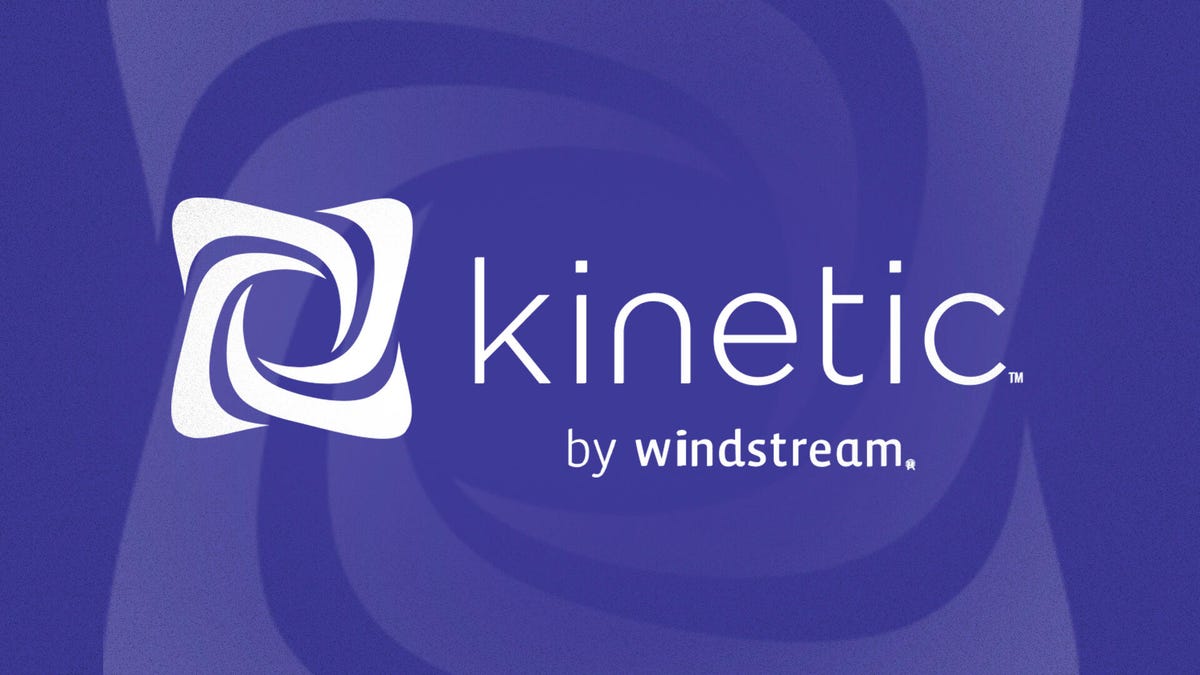It’s dusk, and bugs are chirping all around me. I’m wandering through the middle of a big, virtual swamp toward the sound of thumping bass off in the distance. There isn’t much else nearby — some trees, a couple of other players. It’s mostly just me and the sound emanating from a large wooden structure strung up with lights sitting farther out into the swamp.
When I finally arrive, it rises above me: the official clubhouse of the Bored Ape Yacht Club. I make for the door to head inside. Except I find I can’t get access; even though the lights are on in the house, the doors don’t actually open. There’s nothing to do.
These were my first steps inside the virtual world themed after the infamous cartoon monkeys that became the symbol of everything about the NFT craze. Even though the NFT hype has died down, Yuga Labs, the company behind BAYC and a few other NFT collections, is about to make a big new digital push with another early 2020s buzzword, a metaverse called Otherside.
Otherside has been a long time coming: The company announced its intention to build Otherside after raising $450 million in funding in 2022, with one of BAYC’s cofounders saying at the time that the company hoped to build an “interoperable,” “gamified,” and “decentralized” virtual world. Yuga Labs has mostly been quiet about the project since then, finally launching an alpha earlier this year. Today, at the company’s ApeFest event in Las Vegas, Yuga Labs announced that Otherside will be officially launching on November 12th.
“It’s basically one of the most ambitious projects ever attempted in the space”
“It’s basically one of the most ambitious projects ever attempted in the space, and it’s finally starting to take shape,” Yuga Labs chief product officer Michael Figge tells The Verge.
The short version of the pitch is that Otherside is something like Roblox or Fortnite, but with crypto: you can use NFTs as avatars to explore virtual worlds created by Yuga Labs and by other players. You can log in with a crypto wallet, but you don’t need an NFT to participate or just hang out; you can just join from a browser using more traditional methods like your email.
“We think that there should be a very low barrier to entry for somebody to try out Otherside, because once they do try it, it’s a really great way to get exposed to what it’s like to actually own digital assets,” Figge says.
There’s a bunch of crypto stuff everywhere you look. NFT avatars, NFT plots of land, blockchain-based currency. Yuga hopes it can build a creator ecosystem around all of this, giving builders a more compelling deal than competing metaverses because these digital assets exist outside of its world and can be moved elsewhere in the future. You can also mostly ignore all of this and just run around Otherside without diving too far into the crypto of it all, if you want to.
In addition to the area I explored, The Swamp, there will be a big virtual hub world called the Nexus. Some community-made experiences will also be available to play, too. Those include a shooter game called Bathroom Blitz (“action so explosive, you’ll be clenching cheeks the whole time,” according to a description on the Otherside website) and a zombie game called Otherside Outbreak. In worlds, you can also create “Bubbles,” which are basically an Otherside version of a social audio room, like a Clubhouse room or an X Space.
“We actually think there’s a really big potential for people that want to make their own experiences on Otherside,” Figge says. “Going after incumbents in the user-generated experience field, like Roblox and Minecraft, is a huge opportunity for us, because I think a lot of people might be disenchanted with that current way of supporting creators and the economic model behind it.”
Yuga Labs and Amazon are partnering on a “Boximus” avatar
Otherside’s in-game avatars are 3D representations of NFTs that players own. “Any NFT collection can submit their avatar collection to be reviewed and used in Otherside,” Figge says. There will also be avatars built using a new system Yuga Labs is calling Voyager. There will initially be two avatar partnerships. One is a 300-piece collection from digital artist Daniel Arsham. Another is a co-branded “tokenized asset” in partnership with Amazon called Boximus that Figge describes as “basically, like, made up of a bunch of Amazon boxes.” Figge says the Amazon avatar will be available directly on Amazon’s website.
These avatars will cost money. “Think of these voyagers like a ‘skin’ from the traditional gaming world,” Figge says. “We aren’t disclosing pricing details just yet, but what we can say is they are meant to be reasonable and affordable.” And because they’re blockchain-based assets, you’ll be able to resell the ones you own, according to Figge, which you can’t do in other metaverse-like games.
I got to run around The Swamp before writing this article. This world seemed to be a giant, 3D social chatroom — there wasn’t any sort of game to play besides exploring the space and chatting with fellow visitors over voice or text. And while I don’t want to judge a pre-launch virtual world too harshly before it launches publicly, it reminded me more of the hollow experiences I’ve had wandering around Meta’s Horizon Worlds or a metaverse fashion show than something immediately fun and engaging like Fortnite.
In The Swamp, there just wasn’t much to see or do besides wander around the outside of the clubhouse (which I couldn’t go inside of) or explore the swamp to see things like an outhouse (closed) and a platform by a train track (with a sign that says “out of order”). To my surprise, as I was walking away from the platform, a train started rumbling by, but my character ran too slowly to catch it. I found a portal that sent me flying in the direction of the moving train, but I missed landing on it and splashed back into the water.
Even if we assume those sorts of nitpicky problems get fixed and The Swamp or the Nexus or Otherside experiences are filled with players, 3D environments that are primarily for socializing are usually very niche or pretty boring. Hits like VRChat are the exception, not the rule. And part of what makes things like Fortnite and Roblox so popular is that they have games to play while hanging out with your friends. At launch, and with such a focus on crypto, I’m not sure Otherside will have that same pull.
Maybe Otherside will develop into something more interesting; Fortnite, Roblox, and Minecraft all snowballed their way into becoming huge hits. But I’m skeptical of what I see right now, and you probably won’t see me on the other side.
Follow topics and authors from this story to see more like this in your personalized homepage feed and to receive email updates.

 3 hours ago
1
3 hours ago
1













































